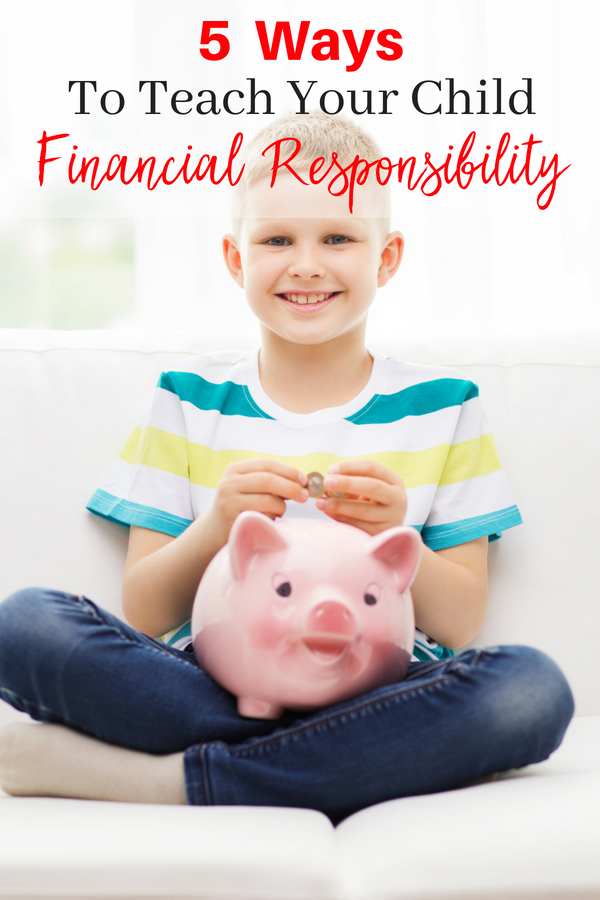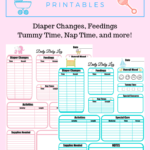
Teaching your children how to handle money at a young age will be so helpful when they reach adulthood. As you know managing your money can make or break you as an adult. If you mismanage your money you can be looking at bad credit, debt, and much other crucial things. So, why not give your child financial responsibility and give them an advantage? To walk into life and be able to be stress-free and smart with money. Teaching your child financial responsibility can also benefit them in other ways besides being able to manage money. Such as saving money, budgeting, maintaining good credit and making big purchases.
Learning how to save to make big purchases is crucial when you become an adult you buy cars, houses, furniture, etc. The world we live in is becoming more and more expensive. If your child is young like mine; 2 years old they will be living in a more expensive economy. According to CNN money by 2030 we should expect housing rates to increase by 6.3%. Homes that are 500,000 will be about 1.2 million by 2030 and 21,000 dollar cars will be more like 31,000. As of 2018, it is impossible to rent a 2 bedroom apartment making minimum wage in the United States. So, teaching your children when they go to high school to start making choices about their career will also help! Here are five tips for teaching your child financial responsibility.
Tip One: Savings Account
Opening a savings account when your child is young will help them in the long run. Opening a bank account for them as young as five will give them savings to fall back on when they are older as well it’ll teach them how to put money away. A savings account will also help teach your kids about interest. Which in life may help your little one in the long run. It’ll also have them build confidence in their ability to manage money. They will have pride in their growing bank account!
Tip Two: 80, 10, 10
This is something I learned when I was younger. It has helped me from early childhood to adulthood. Basically, its 80% of your check is to bills, activities, and food for the month. Then 10% goes to your savings and then 10% goes to the church. However, if you are not religious put 20% away to your savings! This is so helpful and if you teach this practice to your kids with their allowance.
Tip Three: Envelopes
It sounds super silly but this will help teach your kids how to manage money! You take several envelopes and write down bills you have. For example “Phone Bill” or “Car Payment” and then you place over the course of a month the money need to pay your bills. This tip is also very helpful when you want to manage your spending money. For example, you can write “Food” and on another “Clothes” this will help when you child wants to eat out or buy new clothing/toys. After, a few months you may be able to even throw away the envelopes due to your child knowing how to manage without the extra help!
Tip Four: Buying their own items
If your child was anything like me when I was young then you know they have a hard time grasping money really doesn’t grow on trees. Of course, as their parent, you will still help purchase their clothing, toys, etc but, giving them the money and making them budget will teach them responsibility. For example let them choose their favorite toy, give them 40 dollars, and make them calculate how much each toy cost. After, have them choose the toys they’re able to afford. Let them know if they work hard enough eventually they will be able to come back and buy the other toys. Repeat! Also, having them purchase the items will help your little one gain confidence!
Tip Five: Have Open Talks about Money
Letting them know how much the house cost, the cars cost, the water bill costs, and overall everything they need in life to live costs. If your child gets an allowance, take their “portion” to contribute to the bills. For example, if you give your child 20 dollars a month take $1 for the water, $2 for the electric, $2 for food, $3 for rent, and $5 for savings. Which will leave them with 7 dollars to do what they please! It shows in life bills come first and then fun! Obviously, this money won’t actually be taken away but be put towards college or into their overall savings. Or you can give the child the money back have them buy things they “need” Like clothing, soap, a snack, etc.









